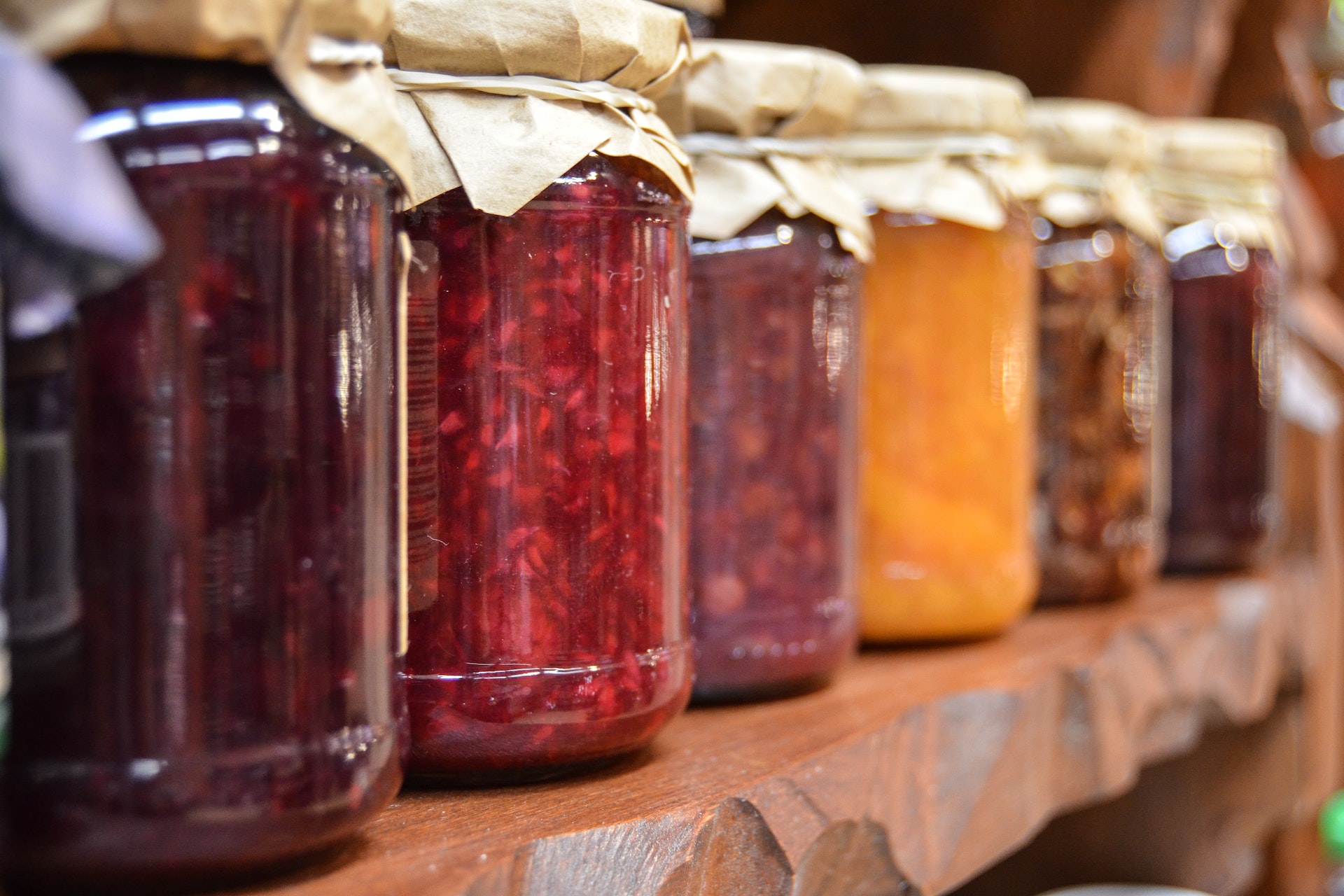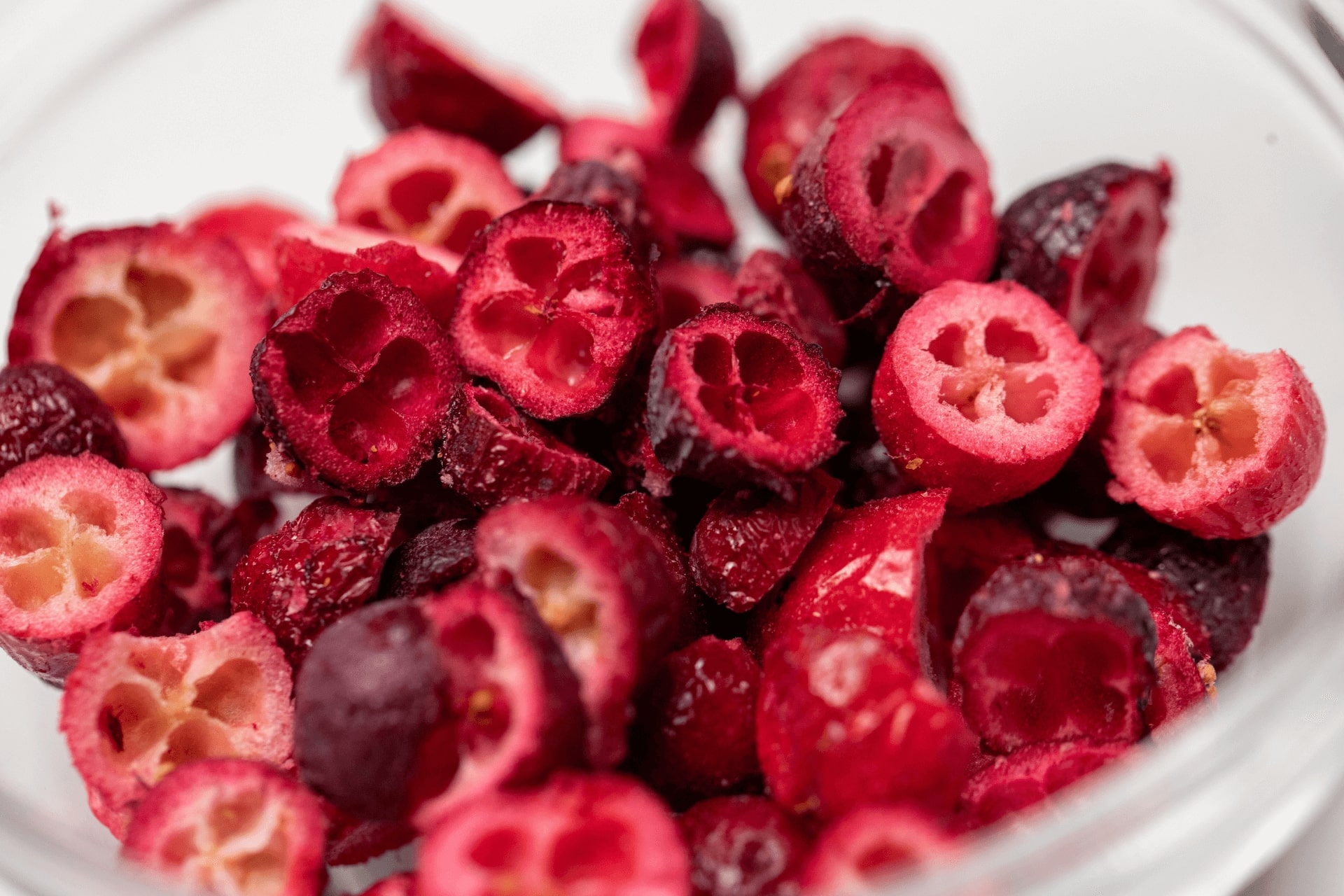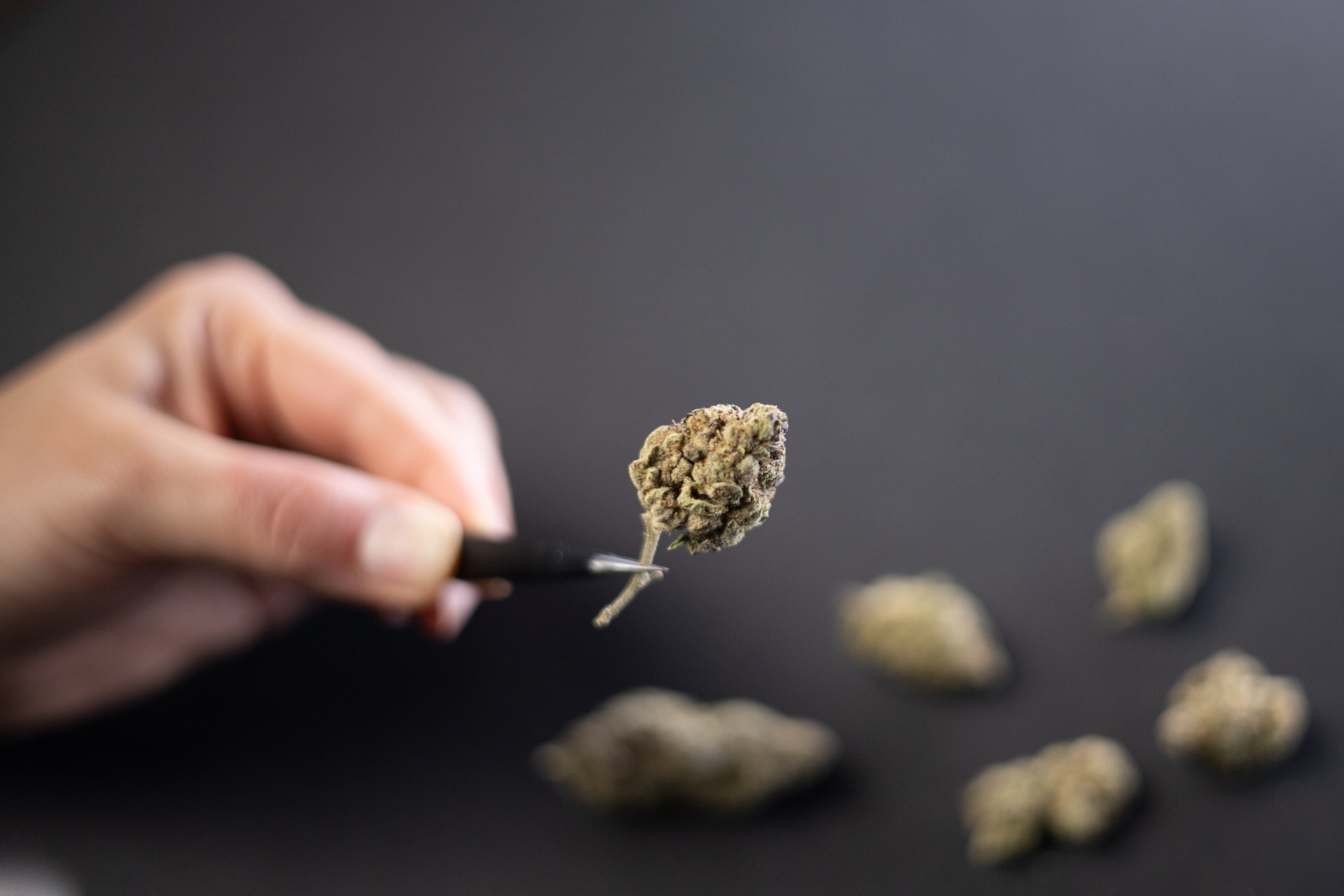If you work in the food or pharmaceutical industry, you’re probably familiar with the term lyophilization, which is synonymous with freeze-drying. Lyophilization is being used to preserve products that would easily deteriorate. These include vegetables, fruits, meats, bacterial cultures, and vaccines.
Here’s everything you need to know about the lyophilization process, its applications, benefits, and potential downsides.
What is Lyophilization?
Lyophilization is a well-established technique used on sensitive products for the purpose of extending their shelf life and being able to transport them easily without perishing. Take, for example, the lyophilization of parenteral antibiotics (delivered through injections) like semi-synthetic penicillins and cephalosporins [*].
The entire process requires the use of a lyophilizer or freeze dryer, which essentially freezes the product and then dries it in two phases. This would leave the final product with only 1-5% residual moisture.
Lyophilization Process
The lyophilization process occurs in three stages. The first stage is freezing, and the second and third stages are drying, namely sublimation and adsorption. Here’s more about each stage:
Freezing
What you need to keep in mind is that freezing is the major dehydration step in lyophilization. It’s also highly complex in that manufacturers need to understand the physicochemical processes that occur. Essentially, the solution is cooled until ice nucleation occurs [*]. During this stage, products are frozen at around -50 °C in which water gets converted to use.
Primary Drying
Primary drying or sublimation is considered the longest and most energy-intensive step, which can last 10 hours. Pressure is reduced and then heat is applied to turn the frozen water into vapor. Manufacturers should be careful to apply just enough heat to prevent melting and damaging the material [*].
Secondary Drying
Secondary drying or adsorption is the final step in lyophilization in which temperature is increased even further to remove excess moisture. This step is extremely important for products intended for long-term storage (e.g., vaccines, antibodies, and other biological materials).
What is Lyophilization Used For?
Some of the uses and applications of lyophilization include temperature-sensitive products in the pharmaceutical industry (for long-term storage and better stability) and food processing (such as vegetables, fruits, meats, instant meals, and soups).
As you can tell, the pharmaceutical and biotechnological industries aren’t the only ones using lyophilization services. Food industries are also taking advantage due to the increasing demand for food preservation. Popular lyophilized products include freeze-dried yogurt, freeze-dried pet food, and other foods mostly sold in the grocery.
Benefits of Lyophilization
There are plenty of reasons to appreciate lyophilization and one of these is extended shelf life. This is especially true for pharmaceutical drugs. Another advantage, as mentioned by the FDA, is the rapid and easy dissolution of reconstituted products [*].
Additionally, the fact that lyophilization does not kill bacteria, but rather stops them from growing, makes it a great method for preserving laboratory samples (e.g., bacteria, fungi, and yeast) for research purposes.
In the food industry, lyophilization reduces the weight of foods so that they’re easier and cheaper to transport. Health-conscious consumers will also like the fact that lyophilized food products are as nutritious as their fresh counterparts. They also look and taste good!
Common Problems During Lyophilization
The lyophilization process can come with challenges. If you’re new to it, here are some things to be aware of:
- Incompatible samples: It’s important to determine the compatibility of the sample with the lyophilizer’s specifications.
- Lyophilization can be a messy process: Furthermore, freeze-drying machines need to be properly cleaned between batches to prevent cross-contamination. Contamination of the air can occur, as well as during the unloading process [*].
- Meltback (incomplete sublimation): For this particular issue, the primary drying stage has finished; however, there’s still ice at the bottom of a vial with a drug substance [*].
What are the Limitations of Lyophilization?
Besides the mistakes that could be made, lyophilization has downsides. One is that it’s a huge capital investment. It involves high operational costs and excessive energy consumption [*]. Not to mention, it’s also a time-intensive process.
Other potential challenges include the dry texture of food products which some consumers may not like and the routine maintenance required to maximize their lifespan.
Frequently Asked Questions
Below are frequently asked questions on lyophilization:
Can bacteria survive lyophilization?
Yes. Lyophilization doesn’t kill bacteria but rather it makes them dormant. Probiotics, for instance, which are beneficial live bacteria and yeast used for functional foods, are effectively preserved through lyophilization [*].
What’s the difference between lyophilization and freezing?
Freezing doesn’t remove moisture while lyophilization or freeze-drying does. Furthermore, freezing is the first step of the lyophilization process.
Does lyophilization remove all water?
Yes. In the first drying phase (sublimation) of lyophilization, about 95% of water is already removed from foods. The remaining percentage is removed in the second drying phase.
How do you reconstitute lyophilized material?
To reconstitute, you simply need to add a specific volume of water to the material. Lyophilized vaccines, for instance, should be reconstituted with the diluent (the liquid to be mixed with the freeze-dried material) assigned by the manufacturer. As for foods, simply place the food in a bowl and rehydrate them by adding water.
Summary
Lyophilization or freeze-drying has advantages, from increased shelf life and improved stability to quality food products. With so many applications of this complex yet highly beneficial technology in various industries — pharmaceutical, food processing, dairy, and more — lyophilization is here to stay.
Work with lyophilization experts at Empire Freezing & Drying. Get in touch with us for your freeze-drying and research and development needs.



